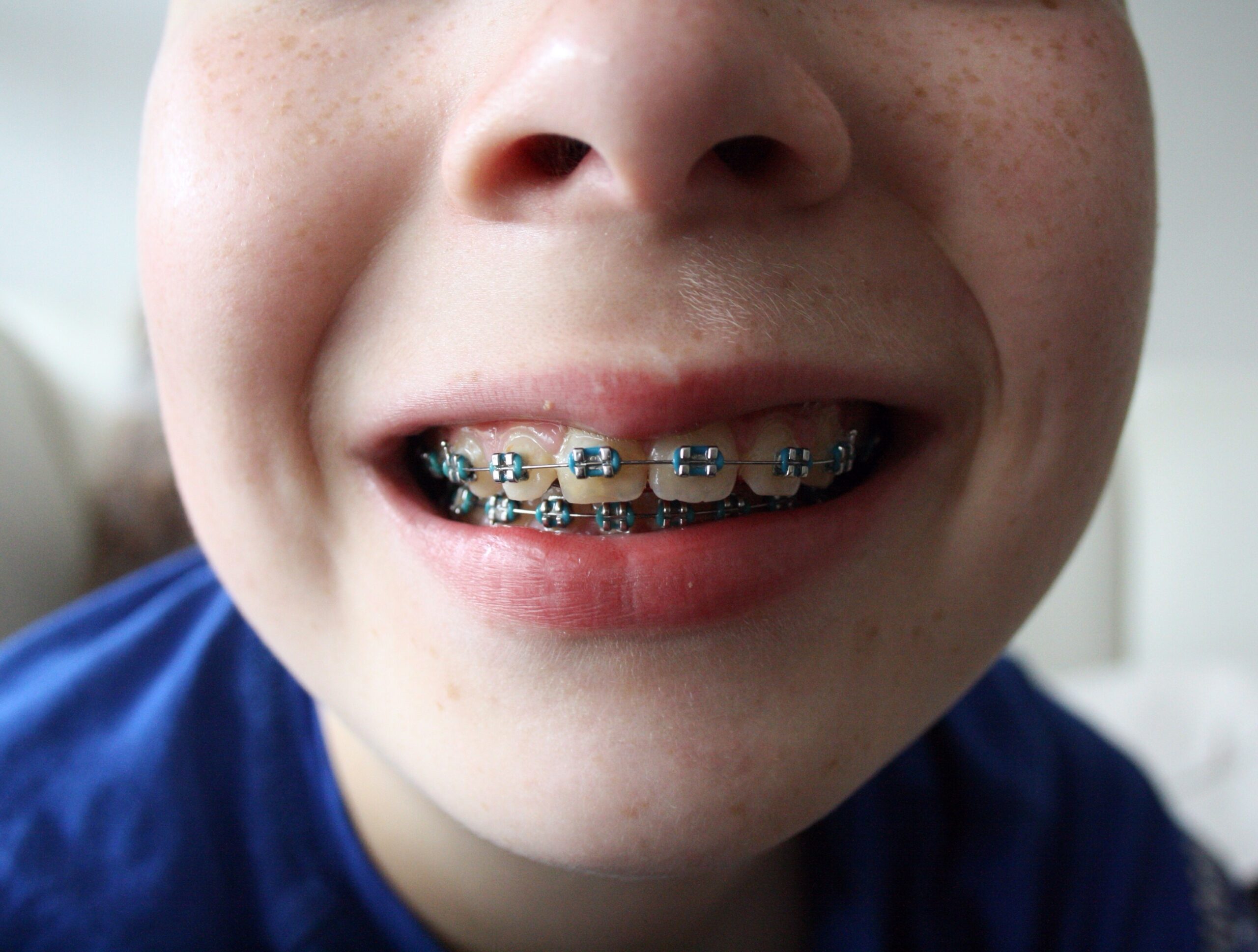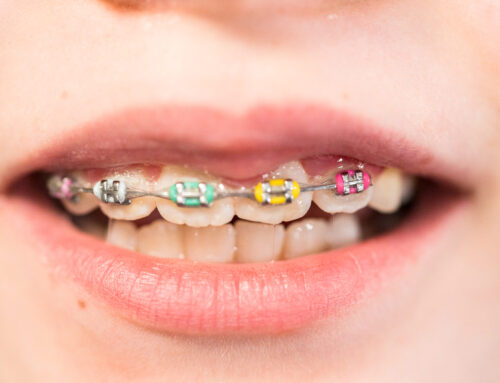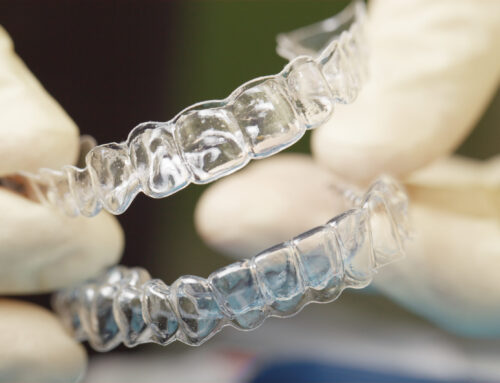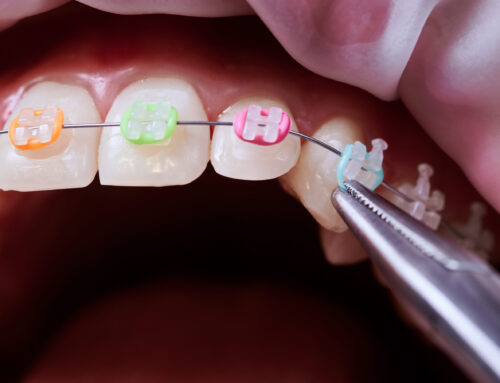At Burke and Beckstrom Orthodontics, we understand that, as a parent, there are some considerations when it comes to your child’s dental health and overall well-being. Our team prioritizes the well-being and confidence of your child’s smile. Through early orthodontic intervention, you can ensure your child is reaping the benefits beyond just a straight smile. Learn the significance and the positive impact braces can have on your child’s smile.
Understanding Early Orthodontic Intervention
Early orthodontic intervention involves addressing dental issues in children during their formative years, typically between the ages of 7 and 10. It’s crucial to recognize the signs of dental problems early on, making this age range optimal for identifying and correcting potential issues. Issues such as overcrowding, misaligned teeth, and bite issues are common among children. Braces and other appliances can prevent these problems from escalating into adult life.
Benefits of Braces
Improved Oral Health:
Early intervention prevents dental issues before they become more severe, in which case more treatment would be required. It can correct problems like misaligned teeth, reduce the risk of cavities between teeth, prevent gum disease, and resolve other oral health challenges.
Enhanced Facial Development:
Because children have not entirely developed, treatment is less painful and often shorter than treatment as an adult. The development of a child’s jaw and facial structure can be influenced by orthodontic care. This contributes to a straight smile and helps avoid speech problems.
Psychological Benefits:
A confident smile contributes to higher self-esteem and confidence in children and teenagers. Addressing dental issues and misaligned teeth early on can spare children from potential ridicule related to their teeth.
Types of Early Orthodontic Treatments
At Burke and Beckstrom Orthodontics, we offer a variety of treatment options. Because each child is unique, treatment plans and eligibility may differ from patient to patient. In some cases, spacers or other appliances may be required to prepare the mouth for braces. Traditional braces are the most common type among our child patients, though some opt for Invisalign for aesthetic reasons.
FAQ About Early Orthodontic Intervention
How long will my child be treated?
The length of the treatment depends on the individual needs of the patient. Some children need to wear an appliance, such as a palatal expander, for 8-12 months, then a retainer or space maintainer while we wait for all their permanent teeth to erupt. Then, the child will move on to the straightening phase of treatment.
Why is seven the optimal age for a consultation?
Seven is the age when the first adult molars erupt. Orthodontic problems such as crowding and overbites will become evident due to a backbite establishment. When the backbite is established, Dr. Burke and Dr. Beckstrom can evaluate the relationships between teeth and bite and begin to develop a course of treatment for the patient.
What are the signs and symptoms of orthodontic problems?
Take a look at your child’s teeth. Orthodontic treatment may be necessary if you see signs of crooked or gaps between the teeth. Jaw alignment is another concern. Does the jaw shift off-center when biting down? Does your child grind their teeth? Schedule a consultation if you believe your child is experiencing apparent signs or symptoms.
Conclusion
Investing in early orthodontic treatment for your child’s dental health is an investment in their overall well-being. Burke and Beckstrom Orthodontics is here to help you understand and guide you and your child through this orthodontic journey. Contact Burke and Beckstrom Orthodontics to schedule a consultation with us to ensure your child achieves a healthy, confident smile that lasts a lifetime. Visit our website to find the nearest Burke and Beckstrom location today!




